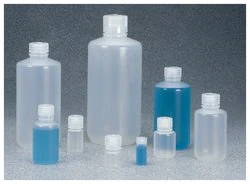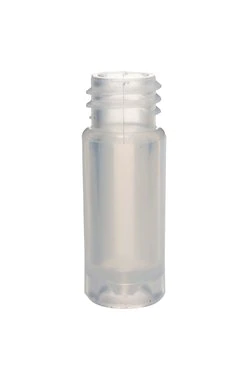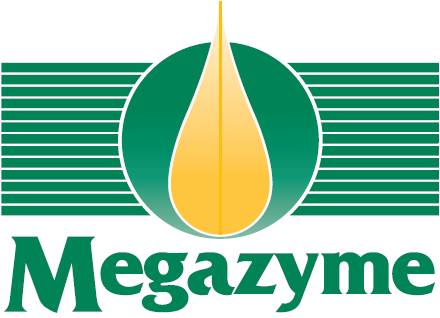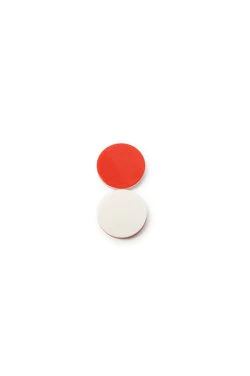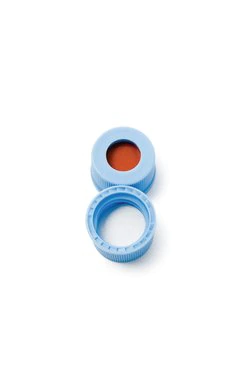PE Elite 5 MS柱 毛细管色谱柱
简要描述:
PE Elite 5 MS柱 毛细管色谱柱Elite-5MS capillary column 30m x 0.25mm, 0.25µm
PE Elite 5 MS柱 毛细管色谱柱
Elite-5(5%二苯基)二苯基聚硅氧烷柱
这类柱普遍适用于半挥发性化合物、酚、胺、残留溶 剂、药物滥用、农药、PCB酒类芳香物(如Aroclor混合物) 和溶剂杂质。本品是市面上惰性*的毛细管柱。Elite5MS超低流失柱可提高信噪比,进而达到更好的灵敏度和 质谱完整性。根据柱尺寸规格的不同,其温度限值为310400°C。相当于USP G27固定相
Elite-5MS capillary column 30m x 0.25mm, 0.25µm
Elite-5MS capillary columns are general-purpose columns – ideal for GCMS analysis of semivolatiles, polycyclic aromatic compounds, chlorinated hydrocarbons, phthalates, phenols, amines, organochlorine pesticides, organophosphorus pesticides, drugs, solvent impurities, and hydrocarbons.
部件号 N9316282
索取更多信息
Elite-5MS phase incorporates a phenyl group in the polymer backbone which results in a phase that is inert with extremely low bleed. It is a general purpose column ideal for GC/MS analysis of semivolatiles, PAH's, chlorinated hydrocarbons, phthalates, phenols and pesticides, amongst others.
规格
| 膜厚 |
0.25 µm |
| 内径 |
0.25 mm |
| 长度 |
30.0 m |
| 阶段 |
1,4-bis(dimethylsiloxy)phenylene dimethyl polysiloxane |
| 产品品牌名称 |
Elite-5ms |
为什么要选择熔融硅胶?
影响柱质量的因素有很多。熔融硅胶被认为是纯净 的玻璃形式,其中所含的金属氧化物(刘易斯酸位)和氢 键(表面硅烷醇型)基团极少。固定相彼此交联(聚合) 并且也与柱表面结合以提供高水平的稳定性,从而使固定 相在较高温度下的流失率更低。这种柱的优良惰性意味着 酸性和碱性化合物能在同一根柱中进行分析。
选择适当的固定相
与之前所需的众多种类的填充柱相比,毛细管柱的固 有效率(理论板数较大)允许您仅从相对较少类型的固定 相中进行挑选。也许更重要的在于毛细管柱的效率更高, 因此您将亲眼见到超群的分辨率,从而通过使用您的数据 系统进行更简便的积分而获得更窄且更高的色谱峰。通过 降低基线流失率并减少基线噪音,可促进较小色谱峰的鉴 定。来自于PE的非极性Elite-1柱优先保留非极性 化合物,而PEElite-200柱的固定相对含有孤对电 子(如:硝基和羰基)的分析物具有较高的选择性。EliteWAX聚乙二醇柱对诸如醇类物质等极性化合物具有高度选 择性。
我需要多长的毛细管柱?
典型毛细管柱的长度从15米到105米不等。毛细管柱越 长,分辨力越强,但这也会延长分析时间。将柱长翻倍仅 会使分辨率增加40%左右;但在恒温条件下,这将使分析 时间加倍。如果使用一种温控式分析,那么保留时间则更 多取决于温度,而不是柱长度。PE根据具体的柱 内径,提供的柱长度:5、10、12、15、25、30、
50、60、75、100和105米。

